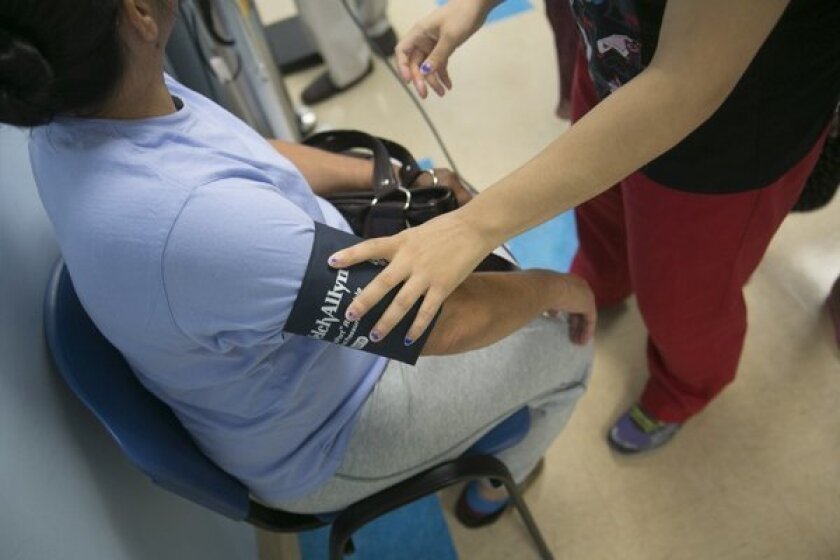I've been using this 5 year one; you lost 5 cognitive years from the stroke.
Joyce Hoffman mentions losing 9 years in this post:
Oxygen Getting to Brain Cells Is the Problem During Stroke, But Wait! There's Possible Relief Heading Your Way!
You'll have to ask your doctor EXACTLY what protocols they have for you to not lose any years.
Strokes take years off life, and life out of years

Having a stroke, or even a transient ischemic attack (a TIA, often called a “mini-stroke”) can be a costly watershed in a person’s life. Statistically, it deducts years from patients’ lives. But it claims another toll too: in quality of life after the stroke has happened. New research tallies the combined cost of those two very different measures, and suggests that current treatments for stroke aren’t doing nearly enough to minimize strokes’ true cost.
The study, published Wednesday in the journal Neurology, is an exercise in health economics that seeks to generate a fuller picture of a disease’s cost. That calculation gives insurers, hospital administrators and public health officials a better -- and hopefully more humane -- basis for deciding which treatments are most “cost-effective.”
If a treatment for stroke -- the costly administration of the clot buster called tissue plasminogen activator, or tPA, for instance -- saves people from dying when properly used (as it does), that’s a plus. But if it also reduces disability and allows more stroke patients to return to fuller function than they would have without it, that’s even better. The treatment has not only added years to life, it has added life to years, and that makes it a better treatment.
So what, on the other side of the ledger, does stroke cost? The authors of the latest research followed for five years 440 patients who had arrived at a hospital in Britain suffering from a first TIA and 748 patients who were diagnosed as having had a full-on stroke for the first time.
They found that in the five years after the event, patients who suffered their first stroke lost, on average, 1.71 years due to early death and 1.08 years due to reduced quality of life. If the stroke had never happened, the patient would have had, in principle, five good years; the stroke, by this measure, robbed him or her of 2.79 years, leaving 2.21 good years.
The severity of the stroke obviously resulted in differences within this broad group. Patients judged to have had a mild stroke lost 2.16 quality-years; those who suffered a moderate stroke lost 3.35 good years; severe stroke victims forfeited 4.3 good years.
Patients who suffered their first transient ischemic attack fared better, on average: They lost an average of 0.71 of the next five years to early death, the researchers found. But the patients assessed that over the five years following their TIA, their lost quality of life equaled almost a full good year (or, 0.97 years, to be exact). The result was that their TIA left them 3.32 of the five good years they might otherwise have expected.
The conclusion: There’s a whole lot more that could be done to reduce strokes’ toll. Prevention may be the best strategy -- improving Americans’ control of hypertension, better managing diabetes, bringing more patients with atrial fibrillation and sleep apnea into treatment all would help. But better clot-busting medications and devices, and more widespread use of them, would also help.
Finally, in stroke, physicians emphasize that “time is brain”: the quicker you recognize the signs of an incipient stroke, and the faster you get to a hospital, the more you stand to claim of the five good years ahead. Don’t drive to the hospital or let someone else take you. Call 911.
No comments:
Post a Comment